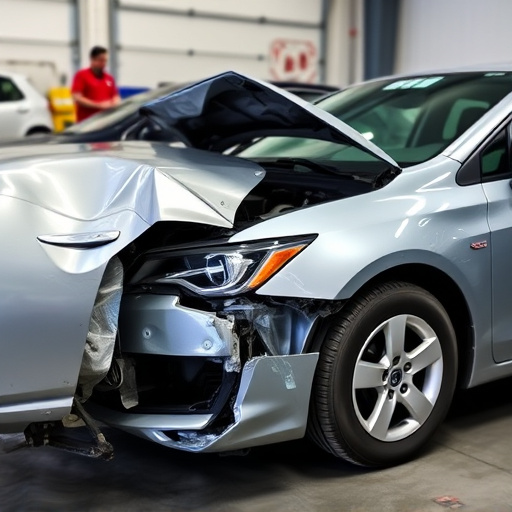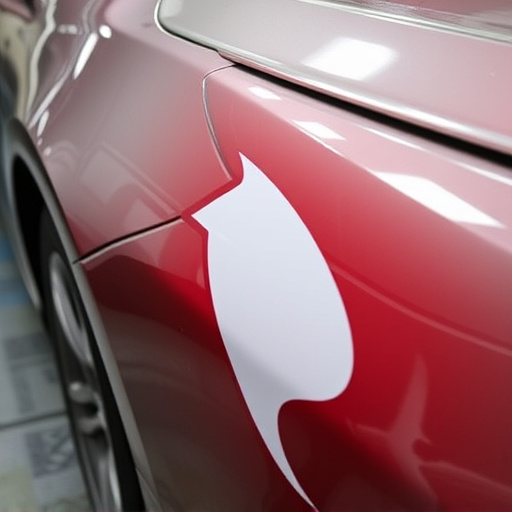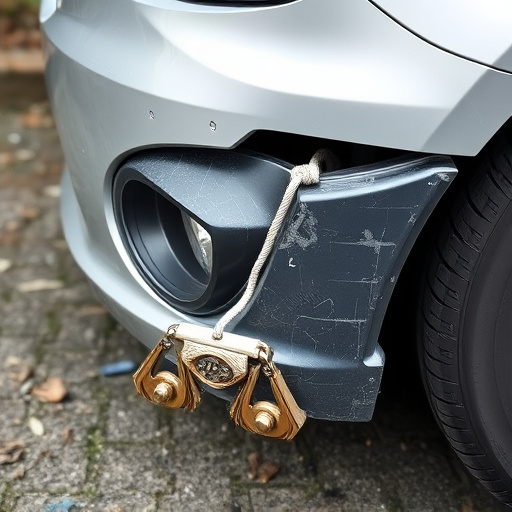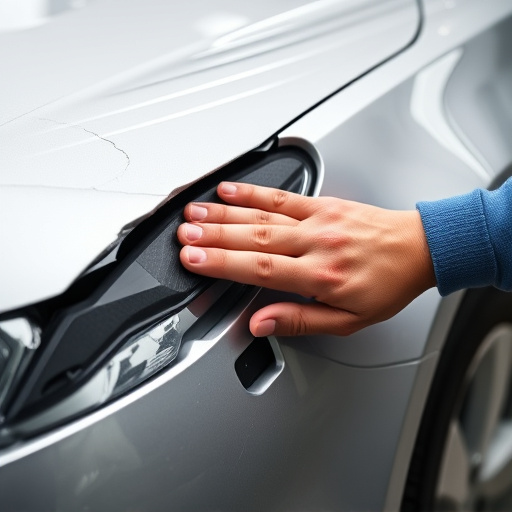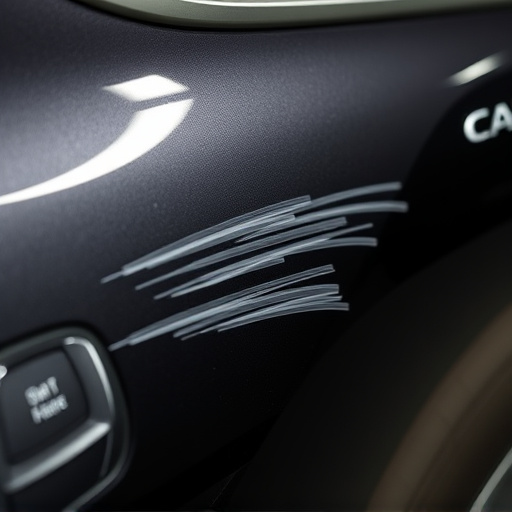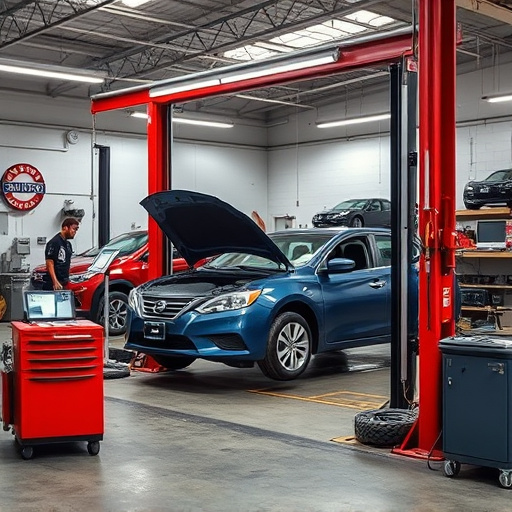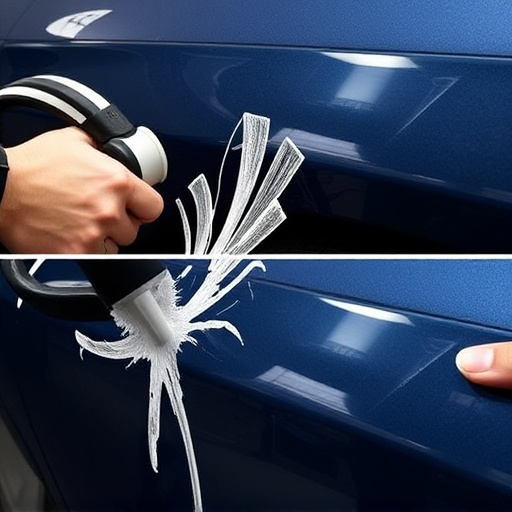Certified Collision Centers (CCCs) utilize advanced scanning technology to provide efficient, accurate, and high-quality vehicle repair services. These modern tools streamline operations, enhance precision, and ensure superior bodywork for all vehicle types, from minor dents to extensive damage. By embracing innovation, CCCs maintain industry leadership in safety, efficiency, and customer satisfaction.
Certified collision centers are leading the way in automotive repair, demanding advanced scanning tools to meet stringent industry standards. These specialized facilities require precise, efficient, and accurate technology for complex damage assessment and repair processes. This article delves into the evolving landscape of scanning technology within certified collision centers, exploring how innovative tools enhance safety, speed up repairs, and ultimately improve customer satisfaction.
From understanding the needs of these centers to examining cutting-edge solutions, we uncover the game-changing impact on collision repair.
- Understanding Certified Collision Centers and Their Requirements
- The Evolution of Scanning Technology in the Automotive Industry
- Unlocking Efficiency: Advanced Scanning Tools and Their Impact on Collision Repair
Understanding Certified Collision Centers and Their Requirements
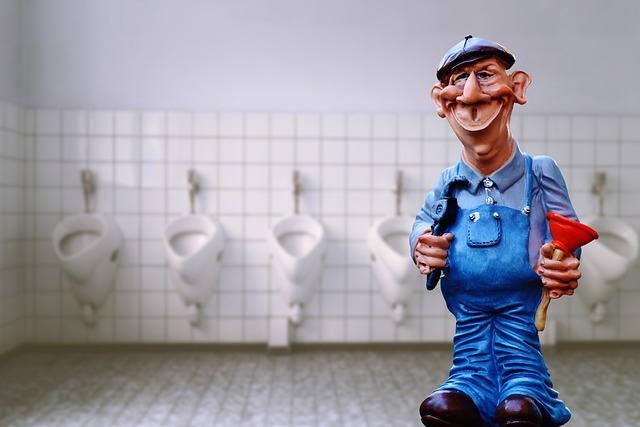
Certified Collision Centers (CCCs) are specialized facilities designed to provide comprehensive collision repair services for all types of vehicles. These centers meet stringent industry standards and regulations, ensuring that the repairs are carried out with precision and quality. The primary focus of a CCC is to restore damaged vehicles to their pre-accident condition, combining advanced scanning tools with skilled technicians to deliver top-notch auto bodywork and collision repair center services.
These centers cater to diverse needs, from minor dents and scratches to extensive damage after accidents or natural disasters. To maintain certification, CCCs must employ modern diagnostic equipment capable of accurately assessing vehicle damage. Advanced scanning tools play a pivotal role in this process, enabling technicians to quickly and precisely identify issues related to auto painting, structural integrity, and electronic systems. This ensures that every repair is not just cosmetic but also functional, enhancing safety and performance.
The Evolution of Scanning Technology in the Automotive Industry
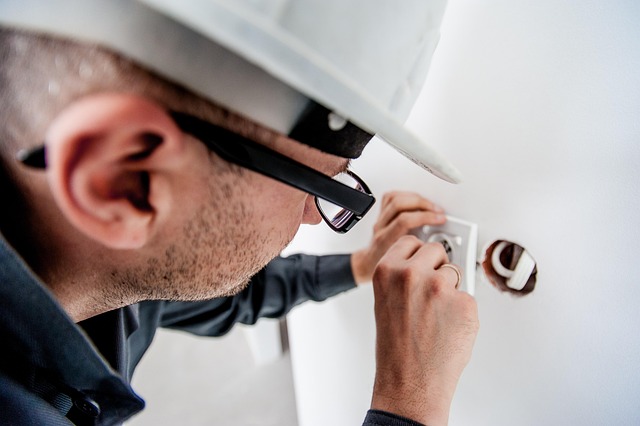
The automotive industry’s evolution has witnessed a remarkable transformation in scanning technology, playing a pivotal role in enhancing safety and efficiency across various sectors. In recent years, advanced scanning tools have become indispensable assets in certified collision centers, revolutionizing car collision repair and bodywork services. These cutting-edge technologies offer unparalleled precision and accuracy, ensuring that every car undergoes meticulous examination before and after repairs.
Historically, manual inspection was the norm, but with technological advancements, automated scanning systems have emerged as game-changers. Today, certified collision centers employ sophisticated 3D laser scanners and advanced camera systems to capture intricate details of vehicle damage. This data enables technicians to provide precise estimates, accurately assess repair scope, and ultimately deliver superior car bodywork services. By leveraging these technologies, collision centers can streamline their operations, reduce human error, and guarantee top-notch results for every client.
Unlocking Efficiency: Advanced Scanning Tools and Their Impact on Collision Repair
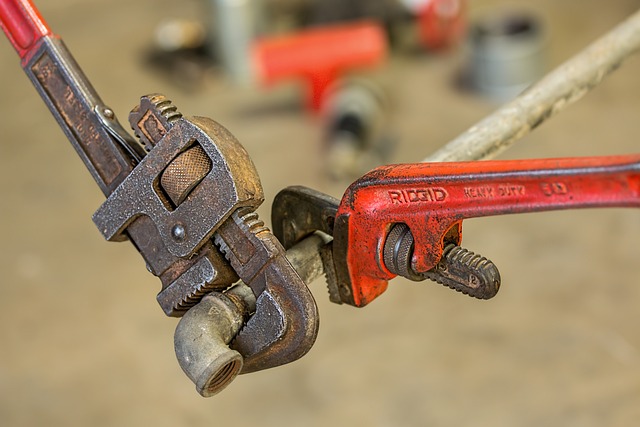
In the realm of certified collision centers, advanced scanning tools have emerged as game changers, revolutionizing the way in which auto body restoration, vehicle paint repair, and auto glass repair are executed. These cutting-edge technologies offer a plethora of benefits, notably efficiency gains and enhanced accuracy, that traditionally labor-intensive processes simply cannot match. By swiftly and accurately mapping and diagnosing damaged areas, advanced scanners enable technicians to streamline their workflows, minimizing downtime and maximizing productivity.
Furthermore, the data provided by these tools empowers collision centers to deliver superior quality repairs. With precise measurements and detailed scans, professionals can now tailor solutions with intricate precision, ensuring that every component, from panel fitting to paint matching, aligns flawlessly. This level of sophistication not only boosts customer satisfaction but also ensures the longevity and integrity of repaired vehicles, solidifying the reputation of certified collision centers as leaders in their field.
Certified collision centers play a vital role in ensuring vehicle damage is repaired accurately and efficiently. The evolution of scanning technology, from basic measurements to advanced 3D imaging, has significantly enhanced their capabilities. By leveraging tools like laser scanners and DR cameras, these centers can achieve greater precision, reduce repair times, and ultimately provide superior customer service. This advancement in technology underscores the professionalism and innovation within the certified collision center industry.

